Home>Gardening & Outdoor>Outdoor Structures>How Big Can A Pergola Be Without A Permit?


Outdoor Structures
How Big Can A Pergola Be Without A Permit?
Modified: January 22, 2024
Discover the size limitations for pergolas without a permit and explore outdoor structure regulations. Learn how to avoid permit requirements for your outdoor project.
(Many of the links in this article redirect to a specific reviewed product. Your purchase of these products through affiliate links helps to generate commission for Storables.com, at no extra cost. Learn more)
**
Introduction
**
When envisioning your dream outdoor space, a pergola often features prominently as a key element in creating a functional and aesthetically pleasing environment. These versatile structures not only provide a charming focal point but also offer a shaded retreat for relaxation and entertainment. However, before embarking on the construction of a pergola, it is essential to consider the regulatory aspects governing its size and placement.
In this comprehensive guide, we will delve into the intricate world of pergola regulations, particularly focusing on the permissible size limits without the need for a permit. Understanding these regulations is crucial for ensuring compliance with local building codes and avoiding potential legal issues down the line.
By shedding light on the factors that influence pergola permit requirements and exploring the nuances of local building codes, this article aims to equip you with the knowledge needed to make informed decisions when planning your pergola project. So, let's embark on this enlightening journey to unravel the mysteries surrounding the dimensions of pergolas within the realm of building regulations.
**
Key Takeaways:
- Pergolas can be built without a permit if they are under 100 square feet in size and do not exceed certain height limits, allowing homeowners to enhance their outdoor spaces within defined parameters.
- Factors such as location, structural attachments, and zoning regulations can influence whether a permit is needed for a pergola, highlighting the importance of understanding local building codes and regulations.
Understanding Pergola Regulations
**
Before delving into the specific size limits for pergolas without a permit, it’s essential to grasp the overarching framework of pergola regulations. These regulations are put in place to ensure that outdoor structures meet certain safety and aesthetic standards, harmonizing with the surrounding environment and adhering to local building codes.
Pergolas, as with any construction project, are subject to regulations that vary based on location and jurisdiction. These regulations typically encompass aspects such as size, height, setback requirements, and structural considerations. Understanding these regulations is pivotal to the successful and compliant installation of a pergola.
One of the primary objectives of pergola regulations is to safeguard the structural integrity of these outdoor features. By imposing size limits and other specifications, authorities aim to prevent overbearing or potentially hazardous structures from being erected. Additionally, regulations often seek to preserve the visual harmony of neighborhoods and communities, ensuring that pergolas and other outdoor structures complement their surroundings.
Moreover, pergola regulations are designed to maintain the accessibility of public spaces and uphold the privacy of neighboring properties. By delineating size limits and setback requirements, these regulations help prevent encroachments that may impede pedestrian pathways or infringe upon neighboring properties.
It is important to note that while regulations aim to standardize certain aspects of pergola construction, they also allow for flexibility and customization within defined parameters. This enables homeowners to personalize their pergolas while ensuring that they align with the stipulated guidelines.
By familiarizing yourself with the underlying principles of pergola regulations, you can navigate the process of planning and constructing your pergola with confidence and clarity. In the subsequent sections, we will delve into the specific size limits for pergolas that can be constructed without the need for a permit, shedding light on the practical dimensions permitted under these regulations.
**
Local Building Codes and Permits
**
Local building codes and permit requirements play a pivotal role in shaping the parameters within which pergolas can be constructed. These codes are established by municipal authorities and are instrumental in ensuring that construction projects, including outdoor structures like pergolas, adhere to safety, zoning, and aesthetic standards.
When contemplating the installation of a pergola, it is imperative to familiarize yourself with the specific building codes and permit prerequisites applicable to your locality. Building codes encompass a wide array of regulations, encompassing structural integrity, material specifications, and construction techniques, among other considerations. By adhering to these codes, homeowners can ensure that their pergolas are built to withstand environmental factors and maintain long-term durability.
Permit requirements, on the other hand, govern the construction, modification, or demolition of structures within a given jurisdiction. In many cases, obtaining a permit is mandatory for the construction of a pergola, particularly if it exceeds certain size thresholds. However, some jurisdictions have exemptions for smaller pergolas, allowing them to be built without the need for a permit.
Before commencing any construction, it is advisable to consult with the local building department or relevant authorities to ascertain the specific permit requirements for pergolas in your area. This proactive approach can prevent potential legal complications and ensure that your pergola project proceeds in compliance with regulatory standards.
Furthermore, understanding the local building codes and permit procedures empowers homeowners to make informed decisions regarding the design and construction of their pergolas. By aligning with these regulations, homeowners can create outdoor spaces that not only enhance the aesthetic appeal of their properties but also contribute to the overall safety and harmony of the neighborhood.
As we delve deeper into the size limits for pergolas without a permit, it is essential to recognize that local building codes and permit requirements form the foundational framework within which these size limits are defined. Let’s explore the specific dimensions that govern the construction of pergolas without the need for a permit, shedding light on the practical considerations that homeowners should bear in mind when planning their pergola projects.
**
Check with your local building department to find out the maximum size allowed for a pergola without a permit. Sizes can vary by location.
Size Limits for Pergolas Without a Permit
**
Understanding the permissible size limits for pergolas without the need for a permit is crucial for homeowners embarking on outdoor construction projects. While the specific dimensions can vary based on local regulations, there are general guidelines that offer insights into the dimensions within which pergolas can be built without obtaining a permit.
In many jurisdictions, pergolas are exempt from permit requirements if they fall below certain size thresholds. For instance, a common guideline is that a pergola can be constructed without a permit if its size does not exceed 100 square feet in area. Additionally, height restrictions may apply, with many regulations stipulating that pergolas should not exceed a certain height, such as 10 feet, to be considered exempt from permit requirements.
These size limits are established to strike a balance between enabling homeowners to enhance their outdoor spaces with pergolas while ensuring that the structures remain within reasonable dimensions that do not significantly impact the surrounding environment or pose safety concerns.
It is important to note that these size limits are not universal and can vary significantly from one jurisdiction to another. Therefore, homeowners should diligently research and familiarize themselves with the specific regulations governing pergola construction in their locality. By doing so, they can ascertain the precise size limits and height restrictions that dictate whether a permit is required for their pergola project.
Moreover, while size limits provide a general framework, homeowners should also consider other factors such as setback requirements and property line considerations. Even if a pergola falls within the permissible size limits, it may still require a permit if it encroaches upon setback areas or infringes upon property lines. Therefore, a comprehensive understanding of all relevant regulations is essential for ensuring compliance and avoiding potential legal ramifications.
By adhering to the size limits for pergolas without a permit and taking into account all relevant regulations, homeowners can proceed with their outdoor projects with confidence, knowing that they are operating within the defined parameters of the law. In the subsequent section, we will explore the factors that can influence pergola permit requirements, shedding light on the multifaceted considerations that come into play when planning the construction of a pergola.
**
Factors That Affect Pergola Permit Requirements
**
Several key factors can influence the permit requirements for pergolas, extending beyond size limits to encompass a range of considerations that shape the regulatory landscape governing outdoor construction projects. By gaining insight into these factors, homeowners can navigate the permit application process and ensure compliance with pertinent regulations.
- Location and Zoning Regulations: The location of a property within a specific zoning district can significantly impact pergola permit requirements. Zoning regulations may dictate the allowable land uses, building setbacks, and height restrictions, all of which can influence the necessity of obtaining a permit for a pergola.
- Structural Attachments: Pergolas that are structurally attached to a building or residence may trigger permit requirements, as they can be perceived as extensions of the primary structure. In such cases, the pergola may be subject to the same regulations that govern the construction of additions or extensions to existing buildings.
- Foundation and Anchoring: The method of anchoring a pergola, such as using concrete footings or piers, can impact permit requirements. Structures that are anchored in a manner that alters the ground or requires excavation may necessitate permits to ensure compliance with building codes and safety standards.
- Electrical and Plumbing Considerations: If the pergola construction involves the installation of electrical components, such as lighting or outlets, or plumbing fixtures, permit requirements may be triggered to ensure that the work complies with relevant codes and regulations.
- Historic Districts and HOA Regulations: Properties located within historic districts or governed by homeowners’ associations (HOAs) may be subject to additional permit requirements and design guidelines. Preservation ordinances and HOA regulations often impose strict criteria for exterior modifications, including the construction of pergolas.
By considering these multifaceted factors that can influence pergola permit requirements, homeowners can proactively address potential compliance issues and streamline the permit application process. Engaging with local building authorities and seeking professional guidance, where necessary, can provide valuable clarity on the specific regulations governing pergola construction in a given area.
As we navigate the intricate terrain of pergola regulations and permit requirements, it becomes evident that a comprehensive understanding of these factors is essential for ensuring a smooth and compliant construction process. By taking these considerations into account, homeowners can embark on their pergola projects with confidence, knowing that they are equipped to navigate the regulatory landscape effectively.
**
Conclusion
**
Embarking on the construction of a pergola is an exciting endeavor that can transform outdoor spaces into captivating retreats. However, navigating the regulatory landscape governing pergola construction is paramount for ensuring compliance and a seamless construction process. Through this exploration of pergola regulations, permit requirements, and size limits, homeowners are equipped with the knowledge needed to embark on their pergola projects with clarity and confidence.
Understanding the nuances of local building codes, permit prerequisites, and size limits for pergolas without a permit provides a solid foundation for homeowners to plan and execute their outdoor projects. By familiarizing themselves with the specific regulations applicable to their locality, homeowners can make informed decisions, ensuring that their pergolas enhance their properties while adhering to regulatory standards.
Moreover, recognizing the diverse factors that can influence pergola permit requirements, including location, structural attachments, and zoning regulations, empowers homeowners to navigate the permit application process effectively. By proactively addressing these considerations and engaging with relevant authorities, homeowners can streamline the permitting process and mitigate potential compliance challenges.
Ultimately, the journey of constructing a pergola is enriched by a comprehensive understanding of the regulatory landscape, enabling homeowners to harmonize their vision for outdoor spaces with the requirements of local regulations. By embracing this knowledge, homeowners can embark on their pergola projects with confidence, knowing that they are well-equipped to navigate the multifaceted terrain of pergola regulations and permit requirements.
As you embark on your pergola project, may this guide serve as a beacon of insight, illuminating the path toward creating an enchanting outdoor retreat that seamlessly integrates with the regulatory fabric of your locality. With a blend of creativity, informed decision-making, and adherence to regulatory standards, your pergola vision can blossom into a captivating reality, enriching your outdoor living experience for years to come.
Frequently Asked Questions about How Big Can A Pergola Be Without A Permit?
Was this page helpful?
At Storables.com, we guarantee accurate and reliable information. Our content, validated by Expert Board Contributors, is crafted following stringent Editorial Policies. We're committed to providing you with well-researched, expert-backed insights for all your informational needs.



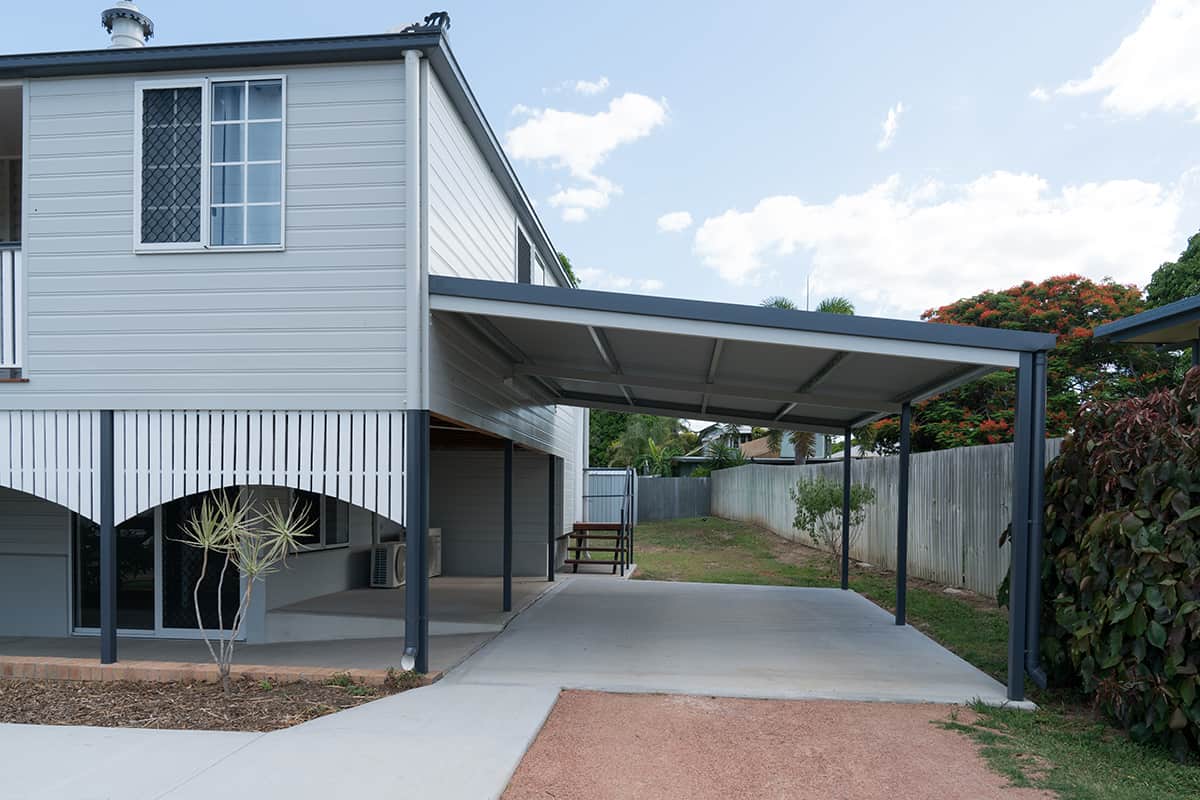
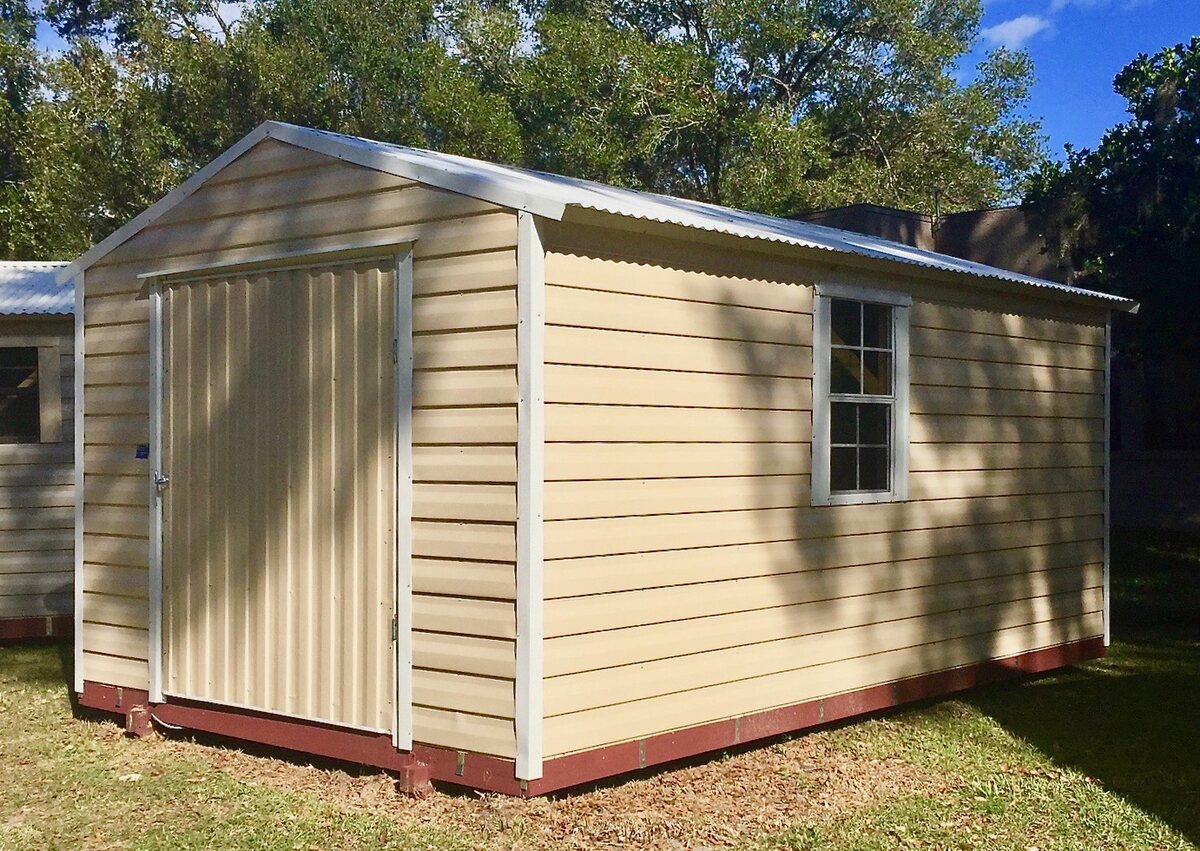



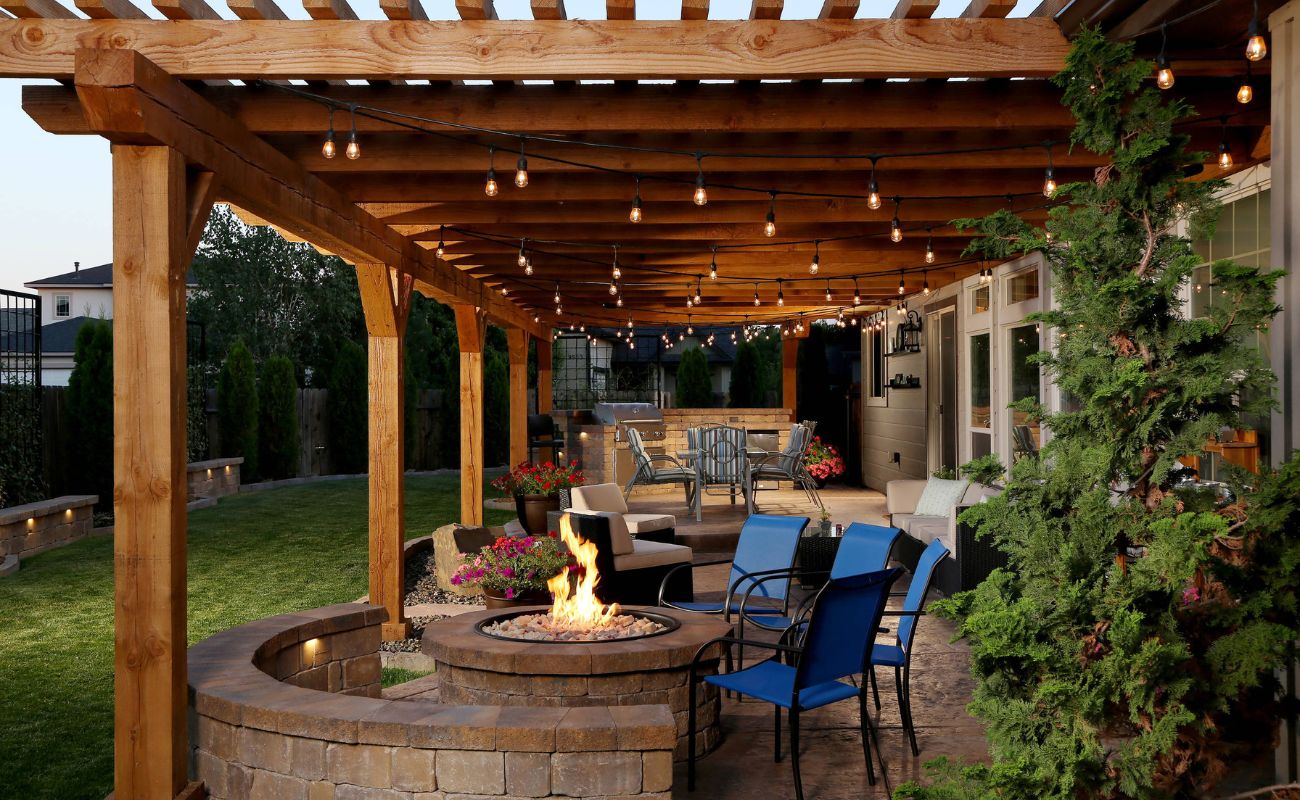
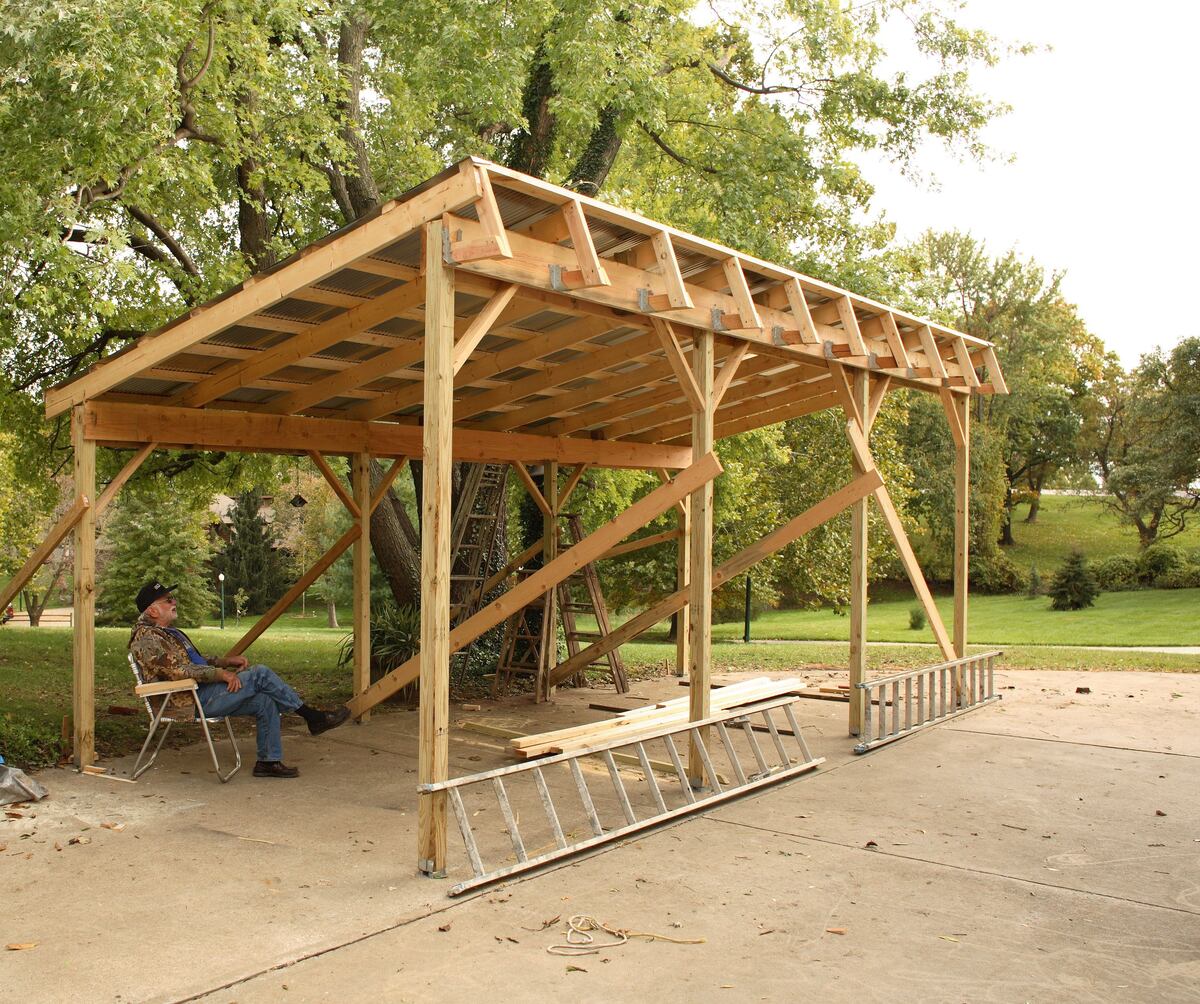

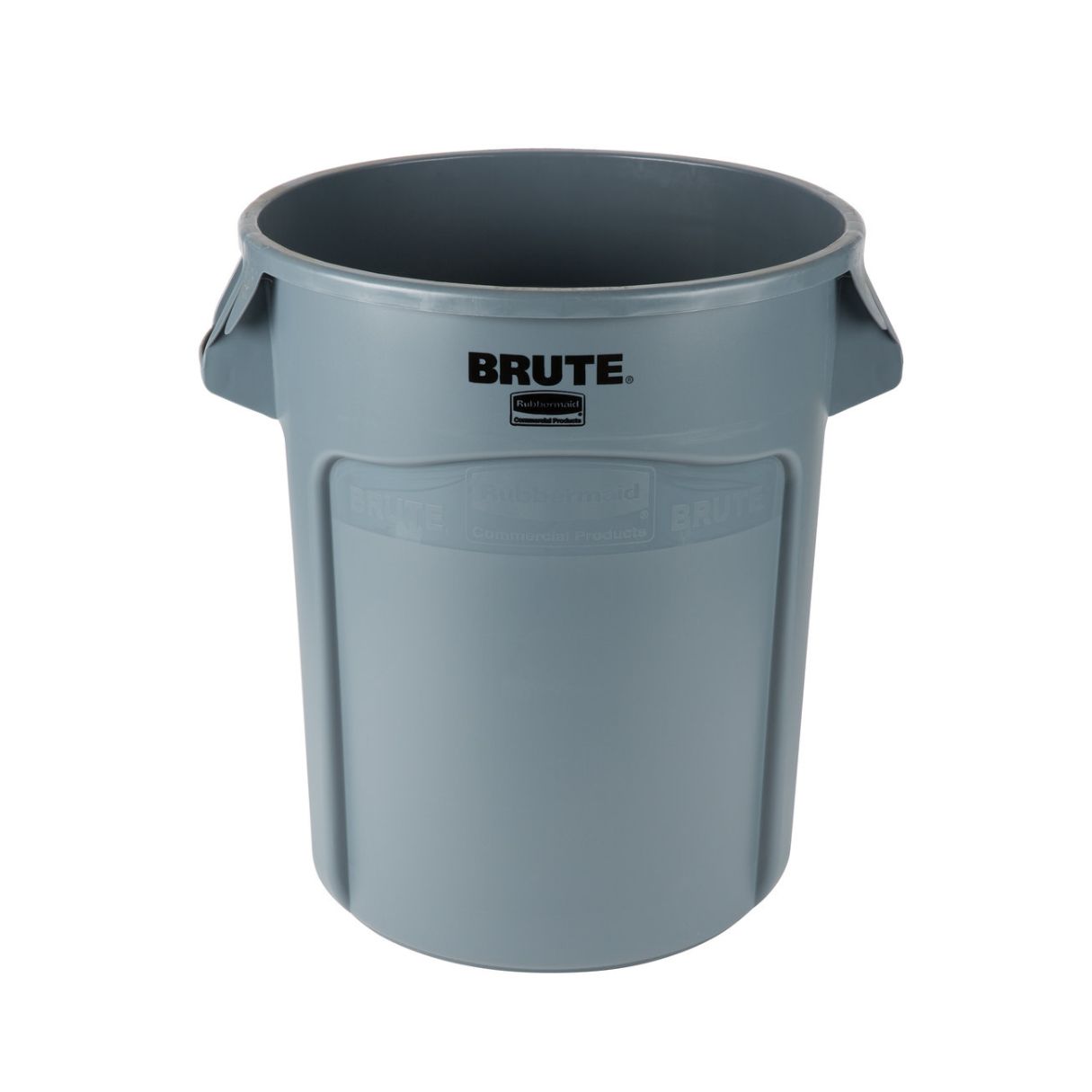

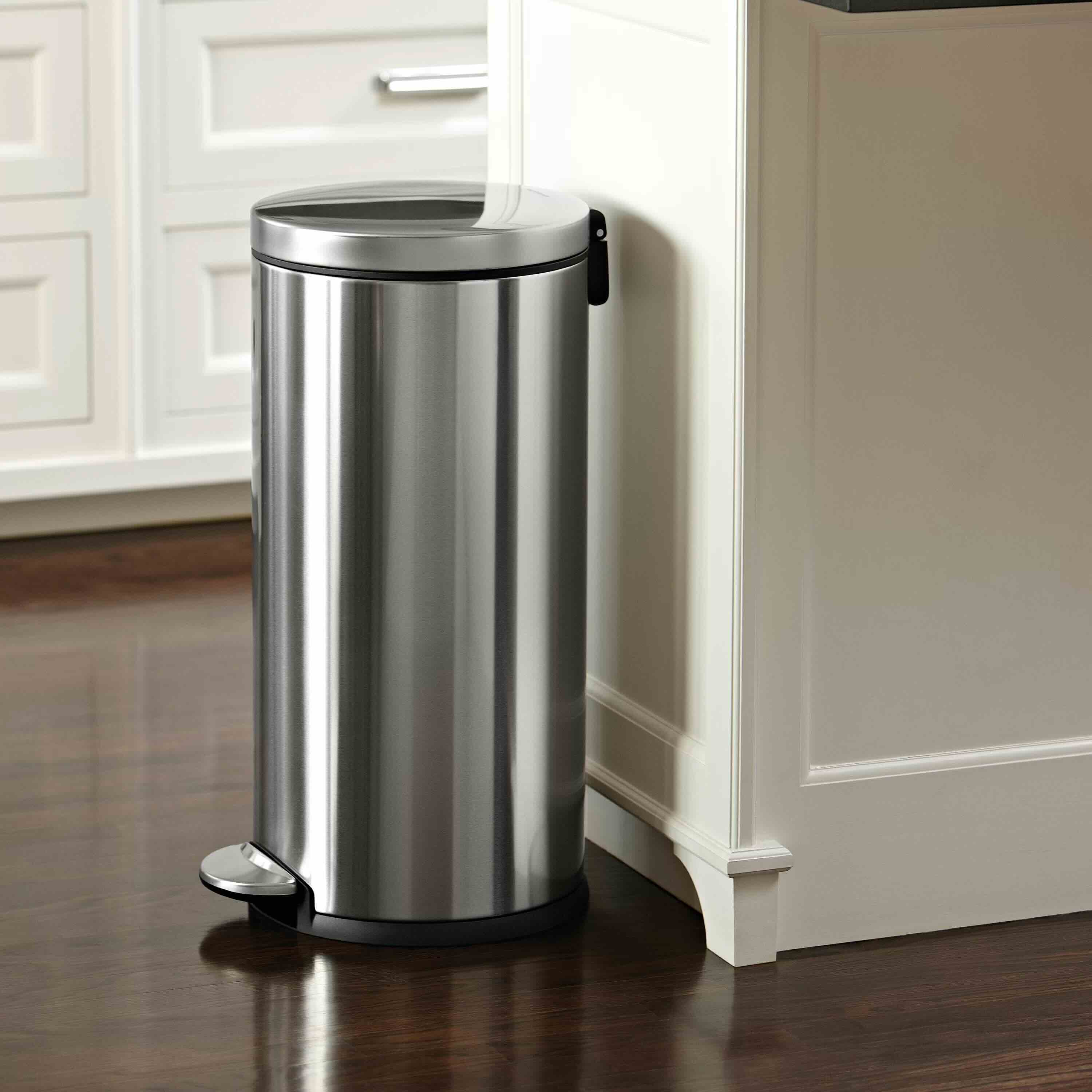

0 thoughts on “How Big Can A Pergola Be Without A Permit?”